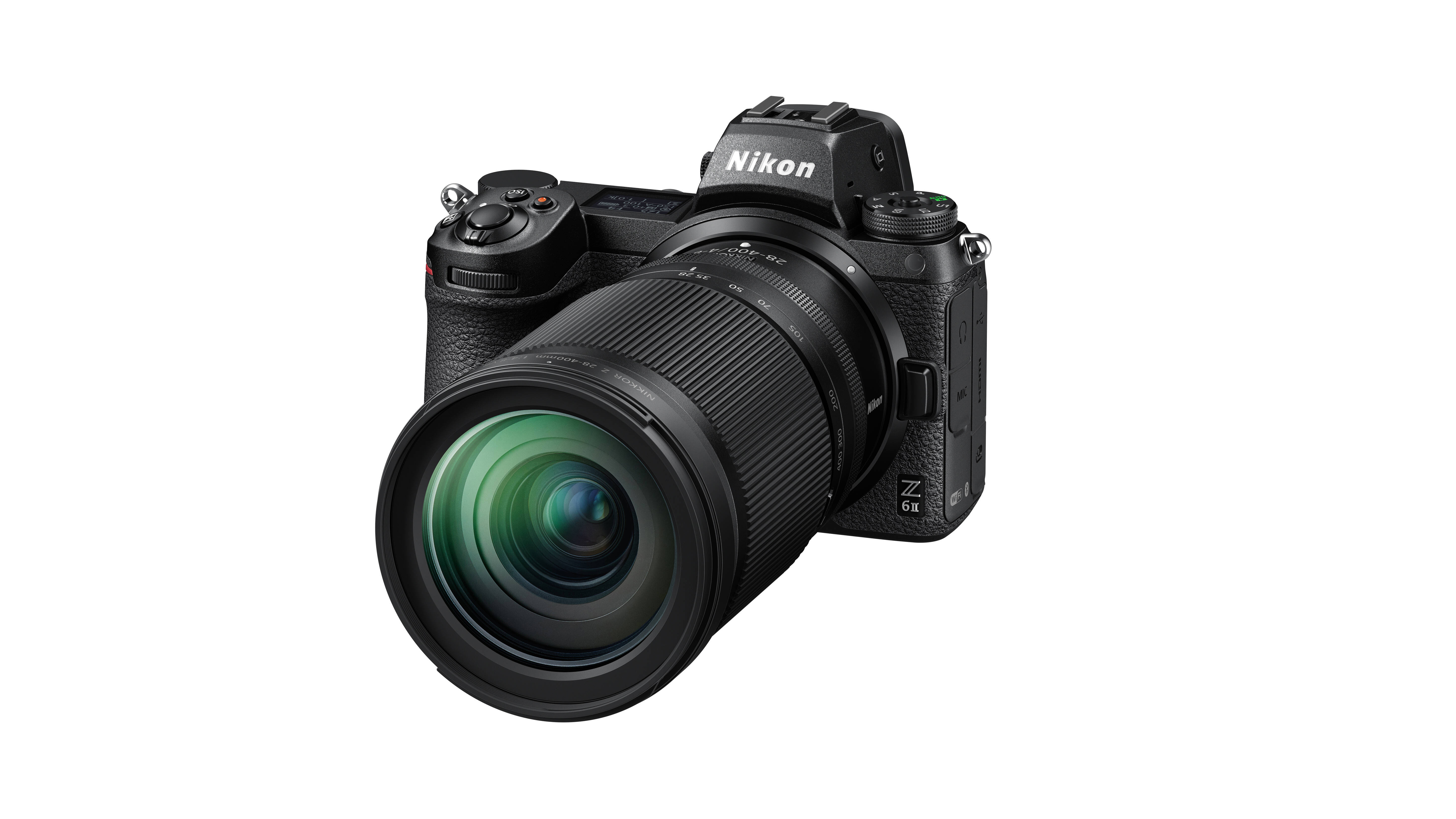
Nikon’s newly-announced Z 28-400mm f/4-8 VR lens and its incredible 14.2x zoom offers a one-stop solution to one of the biggest mistakes that new or keen-to-upgrade photographers make: throwing their entire budget into a camera body, and overlooking the lenses.
Sure, there’s nothing quite like picking up a state-of-the-art mirrorless body, but while faster and more accurate AF, a better sensor and eye-watering burst speeds might change the way you shoot, these specs are unlikely to change what you can shoot.
You could spend thousands and thousands on a flagship Nikon Z9, arguably the best camera for sports photography in existence. But if all you’ve got to go with it is a Z 24-70mm f/4 S, you’ve got yourself an F1 car and a set of slicks in the pouring rain.
Give me a first-gen Nikon Z6 and a Z 180-600mm f/5.6-6.3 VR, or a D500 and 200-500mm f/5.6E ED VR to photograph sports or wildlife over that Z9 and standard-zoom setup every day of the week. You need only look back at the jaw-dropping photographs captured by analog photographers over the years for proof that modern cameras are a luxury, not a necessity.

Optics are infinitely more important than cameras, and that’s precisely why Nikon’s new super-duper superzoom is such a big deal for Z-series users. If you’re an enthusiast photographer who simply cannot justify the expenditure of a kit bag bristling with top-quality glass, or a frequent flier who values portability over all else, then the Z 28-400mm is a complete game-changer – not to mention the only lens you could feasibly ever need! And I don’t say that lightly.
With the exception of a few specialist applications such as ultra-wide or low-light photography, there’s literally nothing this veritable multi-tool of a zoom range won’t cover. Landscapes? Check. Wildlife? Check. Sports, portraits, architecture, street, close-ups… check, check, check, check and check.
We’ve yet to put it through our lab but, on paper, the only big compromise is that narrow f/8 aperture at the telephoto end. When you add together the zoom range, portability and bang for your buck, something had to give, right? And realistically, even if the aperture range matched the F-mount equivalent Tamron 18-400mm f/3.5-6.3 Di II VC HLD, would it really make that much difference?
Don’t get me wrong, faster glass is always better. But If you care that much about wider apertures and image quality, you’re probably better off picking up more specialist lenses anyway.
Looping back around to my previous analogy; if you’re intent on investing your hard-earned cash in a new camera and don’t currently have a versatile collection of lenses, then the Z 28-400mm could be the most affordable answer to your optical needs. After all, you’ve got three zoom lenses in one – enclosed in a 142mm-long cylinder that weighs just 725g.
Not too shabby Nikon, not too shabby at all.

You might be interested in the best Nikon lenses, including the best Nikon Z lenses for its mirrorless system.







